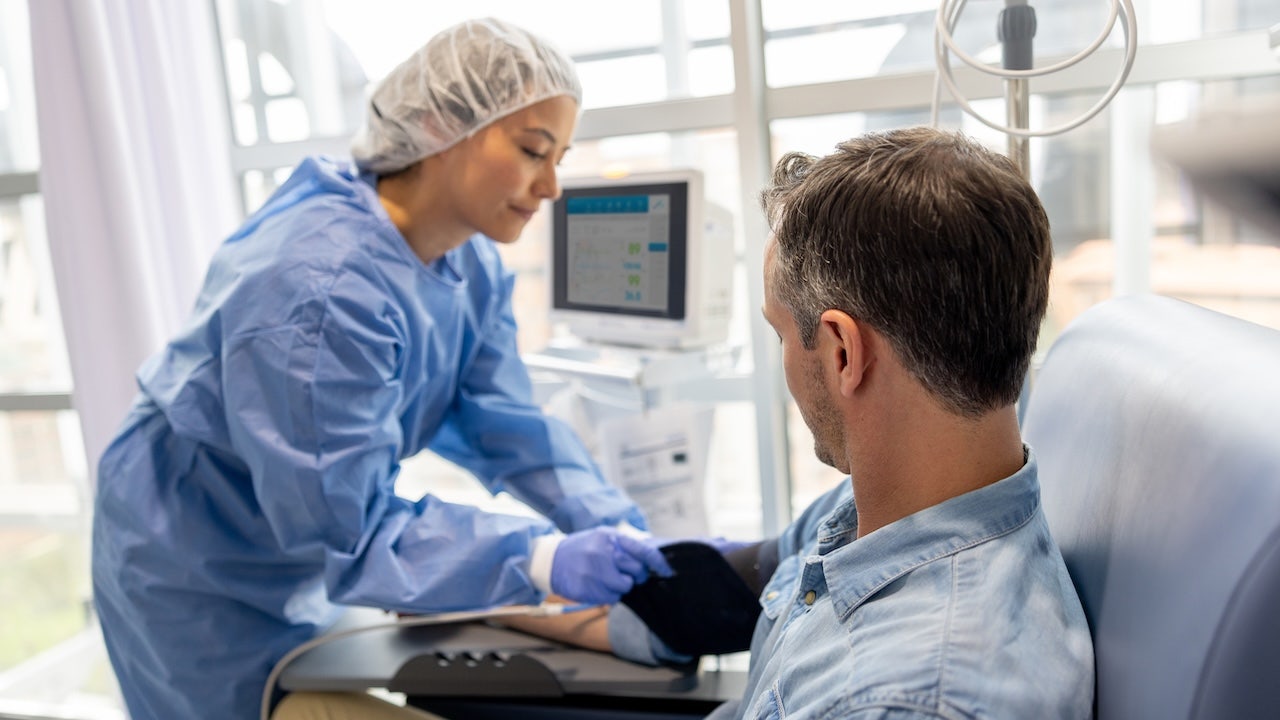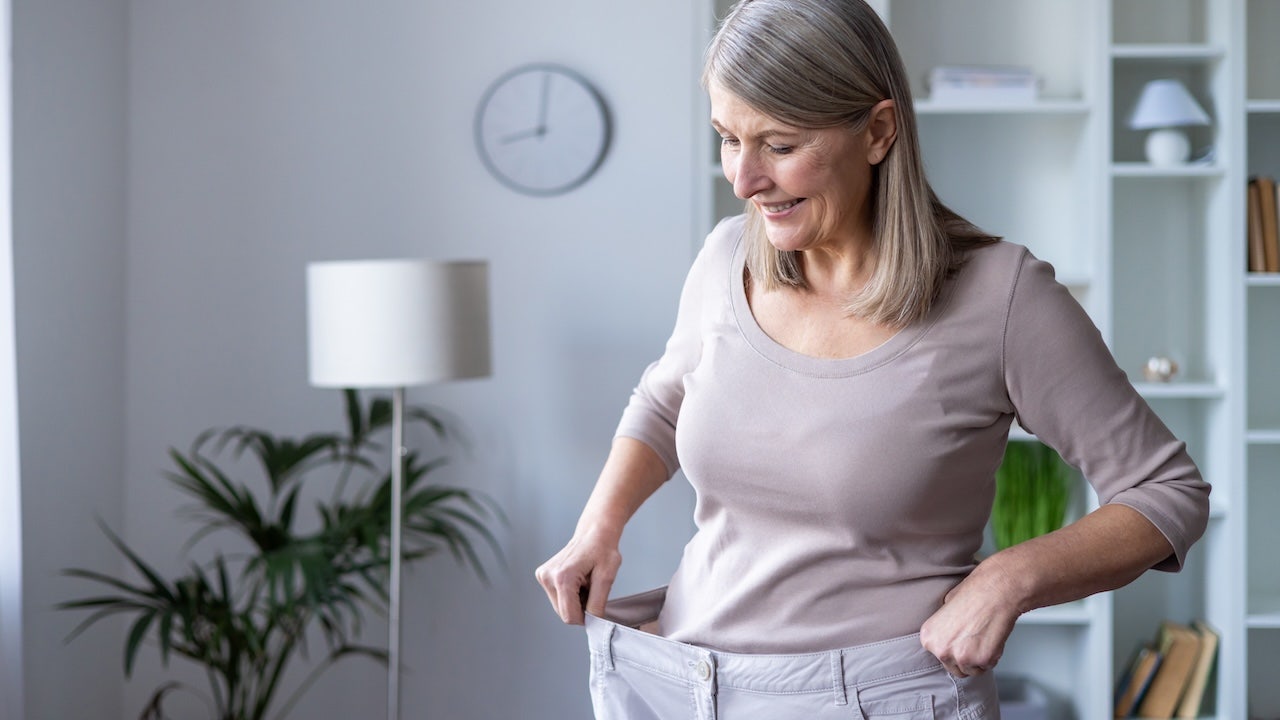Cramps and mood swings that end with a period: Tips for a less-awful menstrual cycle

The Dose25:03How do I manage my mental and physical well-being during the menstrual cycle?
Read Transcribed Audio
You may have learned about it in health class at school, or gotten “the talk” from your mother. But for many people who menstruate, their education didn’t include much about the myriad ways your cycle can affect you — or what you can do about it.
“‘What is a normal menstrual cycle?’ is probably one of my biggest questions I get,” said Dr. Natasha Deshwal, a family physician in Bedford, N.S, just outside Halifax.
As director of the Bedford Basin Women’s Health Clinic, Deshwal sees “anything from cramping to irregular bleeding to changes in their mood, weight changes, acne. … Trying to figure out what the normal is for women can sometimes be quite challenging.”
Deshwal said the menstrual cycle brings hormonal changes that can cause physical, mental and emotional changes. But there are things you can do to help handle those shifts, experts say.
How to help with PMS
Premenstrual syndrome (PMS) affects about 90 per cent of people in the days leading up to their period, causing symptoms like insomnia, bloating and feelings of anger or irritability.
“PMS is defined as a collection of symptoms, both physical and emotional, that alert one to the upcoming menstruation,” Dr. Alison Shea, an obstetrician-gynecologist, told Dr. Brian Goldman, host of CBC’s The Dose.
When there are concerns about PMS symptoms, it’s important to first check for underlying issues such as anemia or a thyroid problem, said Shea, an assistant professor at McMaster University and a reproductive mental health specialist. When those are ruled out, lifestyle changes can make a difference, she said.

During the second half of the cycle — the luteal phase, which begins after ovulation and includes ebbs and flows in estrogen and progesterone levels — Shea recommends increasing exercise, limiting caffeine and alcohol, or even eating a low-salt diet to help with bloating.
There is evidence that certain supplements, including vitamin B6, calcium, vitamin D and magnesium, can help decrease PMS symptoms, Shea added.
There is also a supplement known as vitex, or chasteberry, that has shown effectiveness in reducing premenstrual irritability and anxiety for those whose symptoms are less severe, she said.
The increased severity of PMDD
A more severe version of PMS, called premenstrual dysphoric disorder (PMDD), affects three to nine per cent of people who menstruate. Its most common symptoms include mood swings, feeling sad or tearful, increased sensitivity to rejection, marked irritability or anger, and feelings of depression, hopelessness, and anxiety.
“Many will describe a switch that goes off — either halfway through their cycle or about a week before their period — where they just feel like a completely different person,” said Shea.

Treating PMDD can include the same lifestyle changes recommended for PMS, but those with more severe symptoms may need to modulate either the hormones or the serotonin, she said.
That could mean seeking a doctor’s advice on birth control medication, transdermal estrogen or selective serotonin reuptake inhibitors (SSRI).
The cycle’s four seasons
Other methods for interacting with the menstrual cycle move beyond a medical approach to also draw on ancestral wisdom. This is part of the education work that Taq Kaur Bhandal does through her Halifax-based company, I’m With Periods.
“We approach it both from a scientific, evidence-based perspective and then also through ancestral modalities,” said Bhandal, who has a background in biology and social justice.
One of those methods is to regard the phases of the menstrual cycle as four seasons: winter is our period; spring is the lead-up to ovulation; summer is ovulation; and autumn is the premenstrual time.
“We tend to use these four seasons as a way for people to start to tune into our own health, whether that’s physical, mental, emotional and even spiritual — beyond just our period,” Bhandal said.

Bhandal suggests using this method to schedule certain activities during the different phases of the cycle, when mood and energy will likely follow a predictable pattern.
During your period, for example, it can be helpful to take some time to yourself — anywhere from a full day to just five minutes — for inner reflection .
In the lead-up to ovulation, or spring, we’re often feeling more social, she said, and that can be a good time to schedule social outings with friends.
Bhandal and Shea both said it can be helpful to track cycles to spot recurring patterns, particularly physical or mental changes.
“Then you can have objective data to bring that to your health-care provider, if you are concerned,” said Shea.
There are many good cycle-tracking apps, she said, including the MAC-PMSS for iPhone, which was created by McMaster University.
Stigma around menstruation
Despite the menstrual cycle affecting more than half the world’s population, stigma around menstruation persists. Experts say we need to do more work to normalize the cycle and its effects on people who menstruate.
That includes making period products more accessible and affordable, as well as broadening understanding about how the cycle affects different people in different ways, experts say.

“For those who don’t identify as being female or those who are not comfortable with the female characteristics, then having a menstrual cycle can be quite distressing and quite bothersome,” said Shea.
There can also be issues in the workplace if people need to have more flexible schedules or take time off for menstrual conditions such as painful periods or PMDD.
“I think we have a lot of work to do to understand that those who menstruate are not the same as those who don’t menstruate,” Shea said.




